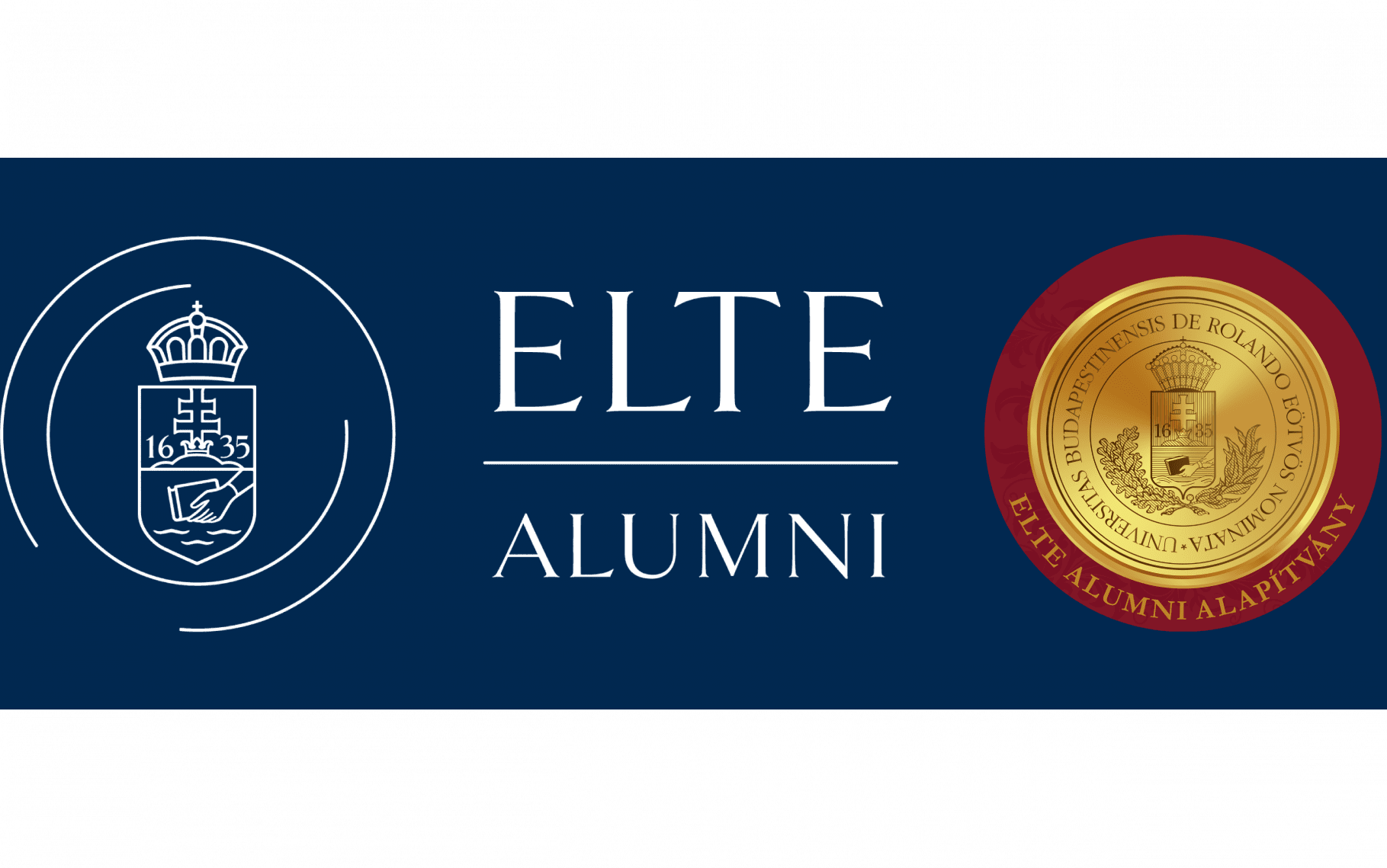 The Budapest Centre for Buddhist Studies ELTE cordially invites to the lecture by Dr. George A. Keyworth (University of Saskatchewan), as next part of the thematic series “Khyentse Lecture Series”.
The Budapest Centre for Buddhist Studies ELTE cordially invites to the lecture by Dr. George A. Keyworth (University of Saskatchewan), as next part of the thematic series “Khyentse Lecture Series”. Title of the talk: On Chengguan’s (737-838) Commentaries to the Buddhāvataṃsaka-sūtra as Sacred Teachings in Medieval Japan
Time: 8 October 2024, 17.00-18.30
Venue: ELTE Faculty of Humanities, Building F, ground floor, Kodály Zoltán Room
There is a very short list of truly significant Chinese Buddhist scholar monks’ works that were widely read both within and beyond China: Chengguan’s name 澄觀 (Chōkan, 737-838) is certainly on that concise list. Chengguan’s commentaries to the fundamental translations into Chinese from Indic languages of the Buddhāvataṃsaka-sūtra, and particularly the immense Huayan jing yanyi chao 華嚴經演義鈔 (The Meanings Proclaimed in the Sub commentary to the Buddhāvataṃsaka-sūtra, Kegongyō engishō, T no. 1736), form the basis of what Japanese Buddhists centered at Tōdaiji 東大寺 in Nara 奈良 referred to as the Buddhist sacred teachings (shōgyō 聖教). In this presentation I demonstrate how we know who read and commented, in turn, upon Chengguan’s commentaries at Tōdaiji, and why the designation of his works as shōgyō presents an alternative to the standard view of the history of medieval East Asian Buddhism. Using texts including the Tōdaiji zoku yōroku 東大寺續要録 (Continued, Essential Records of Tōdaiji, comp. ca. 1181), this presentation highlights why exactly what Chengguan had to say in his commentaries was as essential to the understanding of fundamental Buddhist teachings to a wide range of medieval Japanese Buddhists as what was contained in the translations of the so-called “canonical” texts.
George A. Keyworth received his Ph.D at the University of California, Los Angeles. He is currently an associate professor at the University of Saskatchewan in Saskatoon, Canada. He conducts research in the areas of medieval Chinese and Japanese religious history. He has published on and specializes in three areas. (1) Religion, literature, poetry, and history of the Northern Song dynasty in China (960-1127) with special attention to the poet-Chan Buddhist monk Juefan Huihong (1071-1128) and the Japanese monk-pilgrim Jōjin (1011-1081). (2) Buddhist scriptures written or compiled in China (rather than in India or Central Asia, e.g., the Chinese Shoulengyan jing 首楞嚴經, T no. 945) and preserved in manuscript form in China (Dunhuang) and Japan. (3) Collections of Buddhist scriptures (yiqie jing, issaikyō 一切經) hand-copied for Shintō shrines during the 12th century in Japan (e.g., Matsuo 松尾大社 [Kyoto] and Atsuta 熱田神宮 [Nagoya]). He has supervised graduate students studying the history of medieval and modern religion in China, Japan, and Korea, Daoism, and Buddhist studies.
Source: https://btk.elte.hu/en/

Megjegyzések0
Nincs jogosultsága a megtekintéshez, illetve megjegyzés írásához.Kérjük, jelentkezzen be.
Javasolt cikkek

